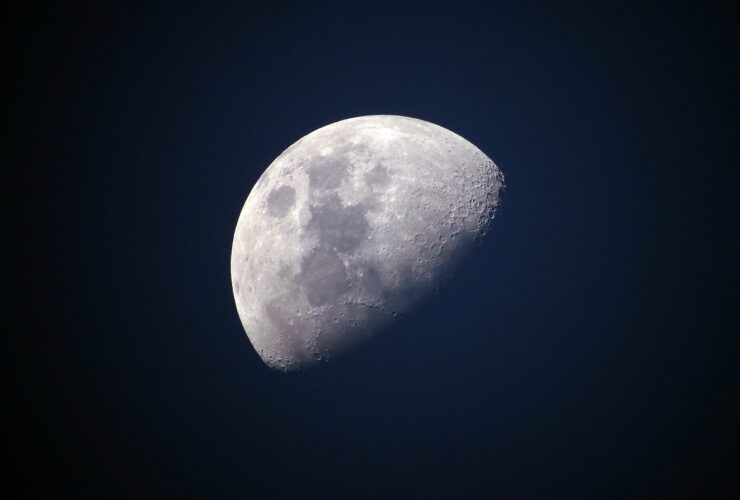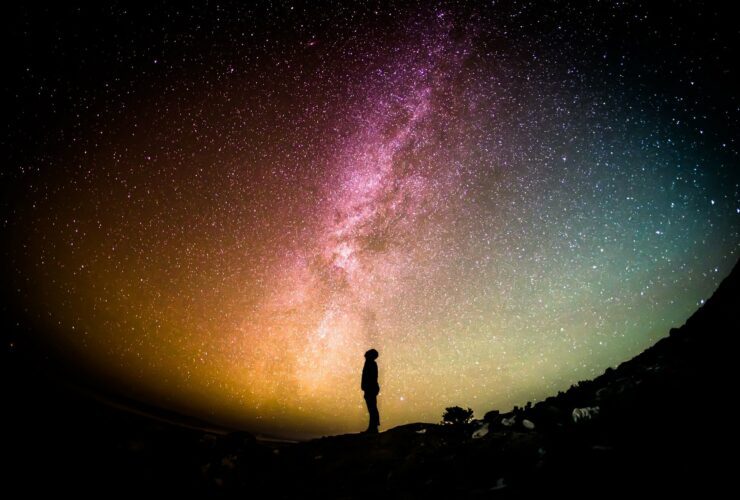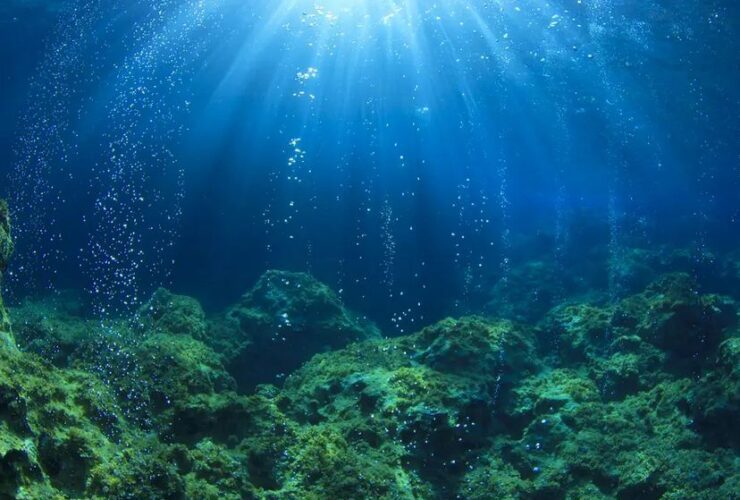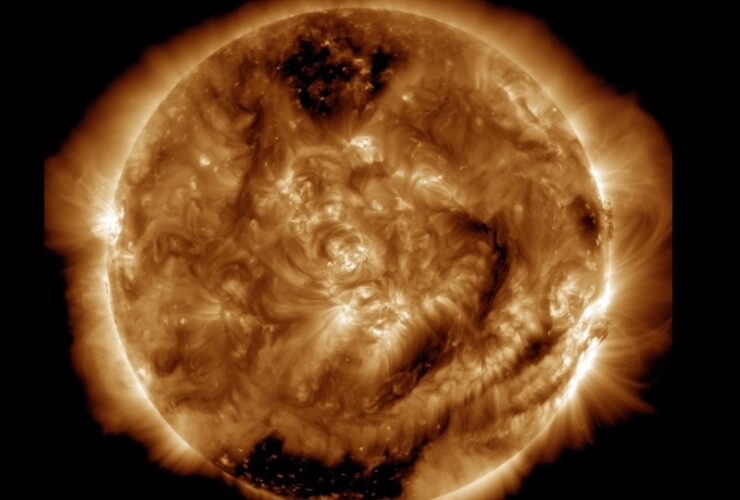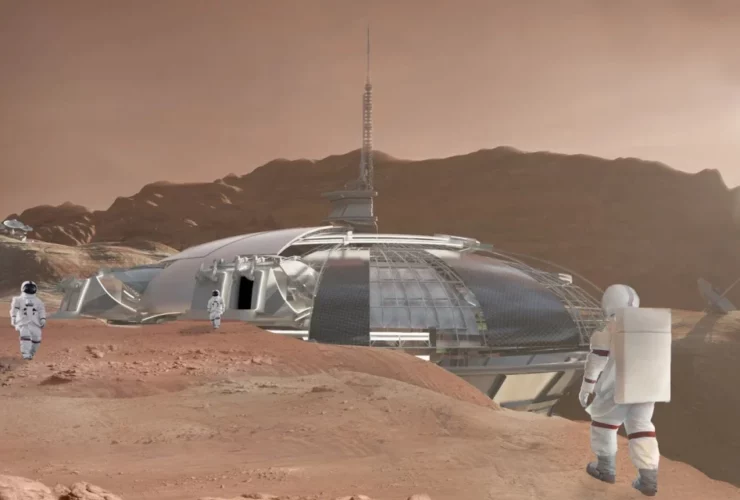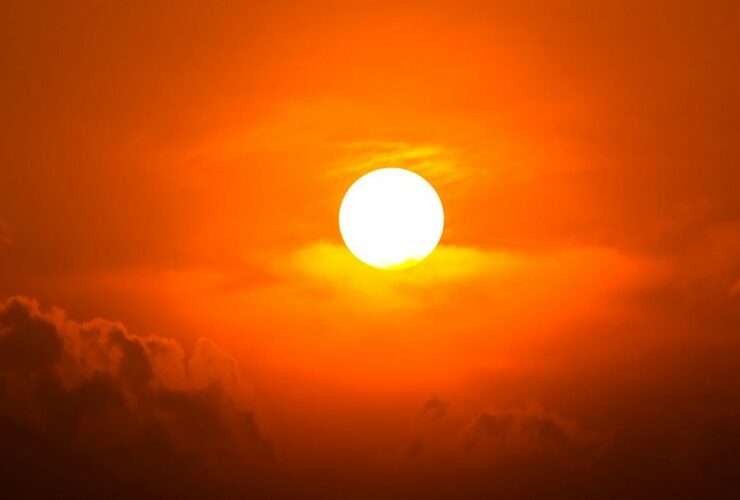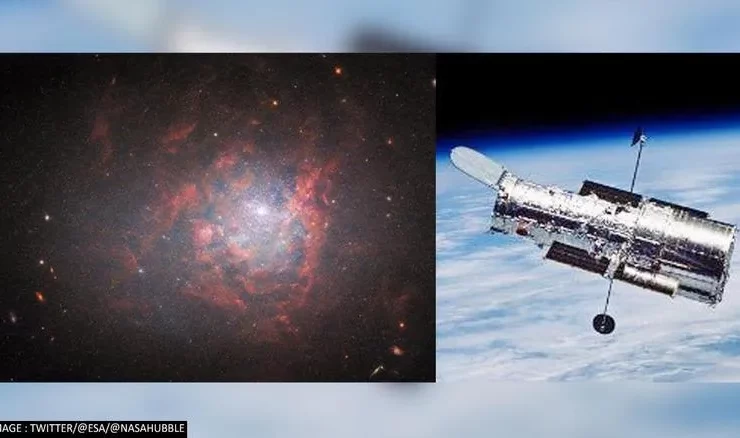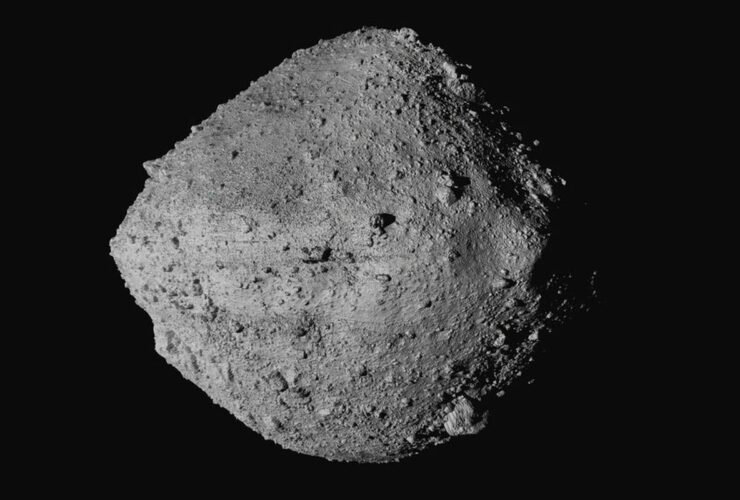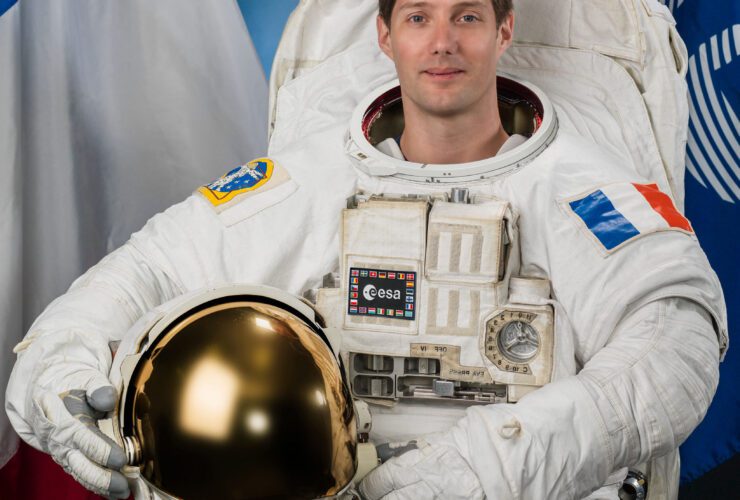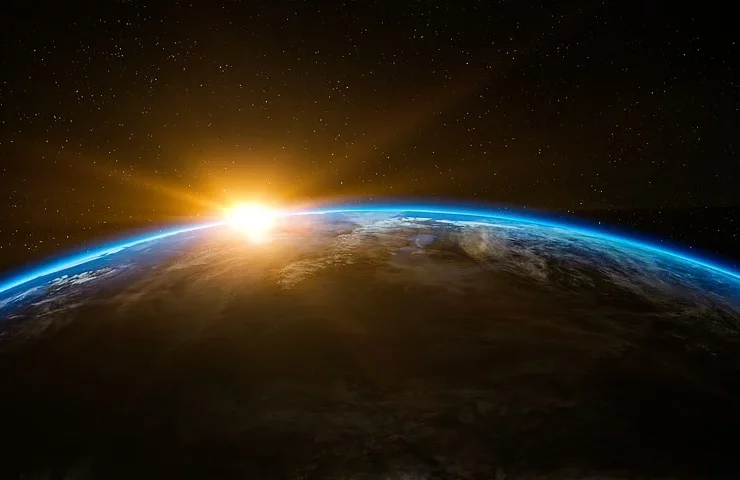The galaxies, stars, planets, and not to mention natural satellites, none of them always existed. Gravity is one of the main factors that led to their formation, but some other factors could have also occurred. Our Moon is no exception. ...
Antares is one of the brightest stars in the sky (roughly the fifteenth). It’s thousands of times bigger than the Sun, but don’t worry, it won’t engulf us as far as astronomers know. The red giant star is located 554 ...
The existence of water is essential for all life on Earth. In this way, the genesis of water on Earth is also the birth of life within our Solar System (as well as the Universe) as we now understand it. Finding understanding ...
Given how vulnerable our atmosphere and climate are to solar activity, these ice cores also serve as a record of solar activity. In a recent investigation of ice cores from Greenland and Antarctica, a research team headed by Lund University ...
Establishing a new human colony on another planet provides a chance to experiment with novel concepts. More significantly, it’s a chance to learn from humanity’s previous blunders in habitat construction. Even though we have yet to dominate the moon or ...
The NASA TESS (Transiting Exoplanet Survey Satellite) mission just discovered something significant: our own sun is remarkably well-behaved in comparison to its counterparts elsewhere in the cosmos. (Image courtesy of NASA/Solar Dynamics Observatory and Getty Images.) According to Universe Today, ...
The dwarf galaxy appears in a swirl of dazzling light and crimson colors in the new photograph. The small, oddly shaped galaxy has been dubbed a “cosmic oddity” by the European Space Agency (ESA). The ESA reported that the NGC ...
Bennu is a 500-meter-wide asteroid that circles our solar on a path that takes it dangerously near to Earth on a regular basis. According to Icarus, NASA scientists utilized new data and complicated computer models to estimate the exact course ...
Last year, French astronaut Thomas Pesquet spent six months onboard the International Space Station, and the view of Earth from there was both terrifying and stunning. He had a unique view of our globe since he spent a lot of ...
According to experts, the Earth’s core is cooling faster than previously believed, which might hasten the planet’s eventual march toward uninhabitability in millions or billions of years. For the duration of Earth’s 4.5 billion-year history, the planet’s interior has been ...

